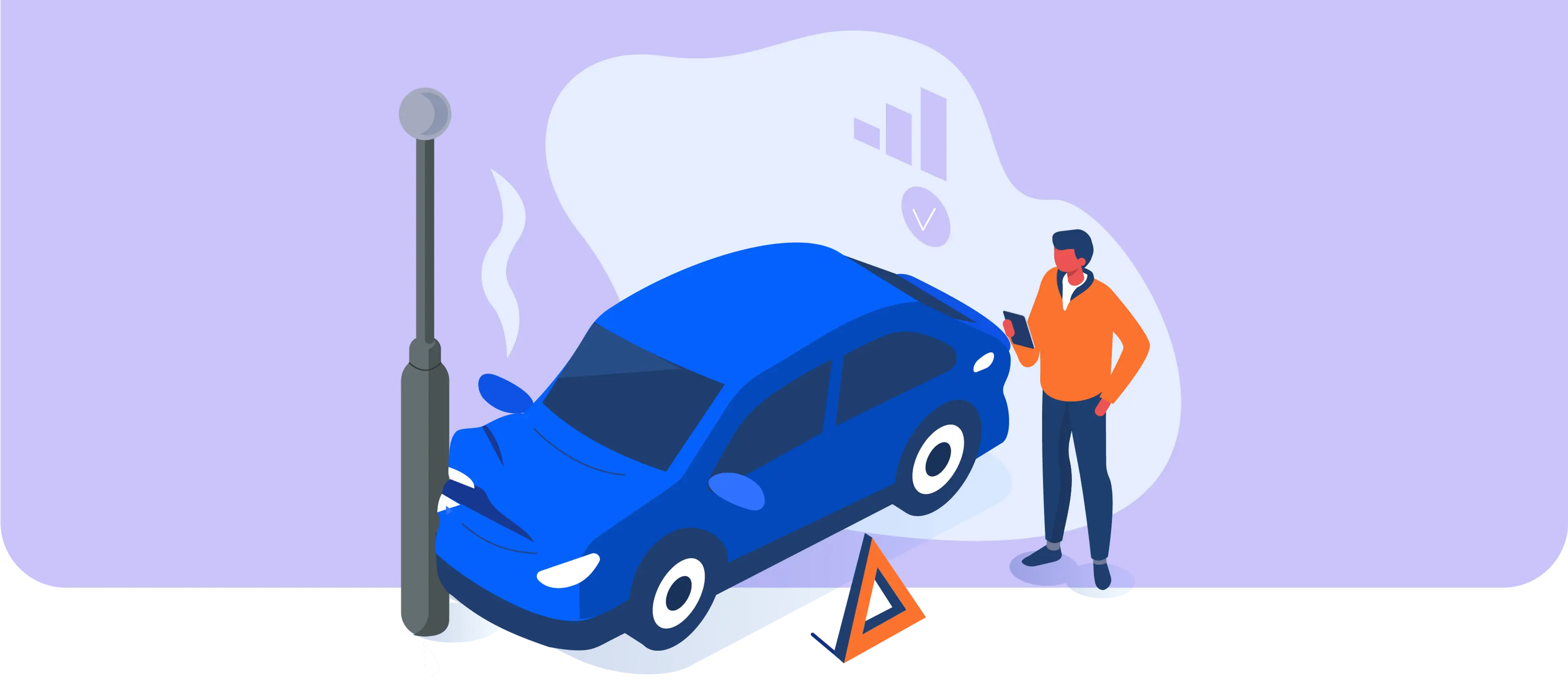Who Are Your Best and Worst drivers? Your Vehicles Know, and Can Tell You.

As the economy rebounds and as traffic volumes return to pre-Covid levels, so could your risk of a significant loss resulting from an accident involving a fleet vehicle.
Unsafe driving is costly, with some estimates starting at $74,000 per incident and rising as high as $500,000 if a fatality is involved. This figure doesn’t likely include the soft costs to your business – lost time dealing with insurers, local authorities, driver counseling and delayed return to work, negative brand association, etc.
This is not a new issue. There are many tried and true approaches to accident prevention and fostering of safer drivers. But, unless you are riding shotgun, it’s been difficult (if not impossible) to really evaluate the safety of your drivers.
Now you can. That’s because data feeds from fleet vehicles can provide unparalleled visibility into driver behavior. Many light duty trucks and sedans have on-board/embedded telematics – a number that is growing dramatically with each vehicle that comes off the assembly line. You car knows exactly who your safest – and riskiest – drivers are.
These devices, which stream data in real time, can provide critical insights about unsafe/risky driver behavior. A few examples include:
- Lane Change Warnings: Repetitive or frequent warnings could be a sign that your driver is distracted, sleepy or otherwise unable to maintain their lane.
- Acceleration: Rapid acceleration could suggest distraction (checking phone while light turns green); aggressive driving (passing/jumping in front of other car); or just the thrill of speed.
- Harsh Braking: Engagement of anti-lock brakes or other forms of rapid deceleration indicate operation at unsafe speeds, distraction or general unsafe following distances.
- Speeding. By overlaying GPS with speedometer data, it’s possible to tell if drivers are obeying the speed limit. Frequent instances of speeding or going far over the limit are tell-tale signs unsafe driving at an individual level. But if you see this fleet-wide, it could be an indication that your logistics need changing because your drivers are rushing to complete their routes.
We recommend using data as a teachable moment to show drivers where and how they can improve. Set goals, like “reduce instances of hard braking by 20% within a week” or “reduce instances of speeding by 50 percent in the next 30 days.” You could even consider a rewards program for all drivers. Rather than single out specific drivers, create a monthly campaign to reward the safest driver, the most improved driver, etc. Create a culture that doesn’t just emphasize safety – it tracks it and rewards it.
In doing so, you’ll have a safer fleet, reduced costs and a more engaged driver base.